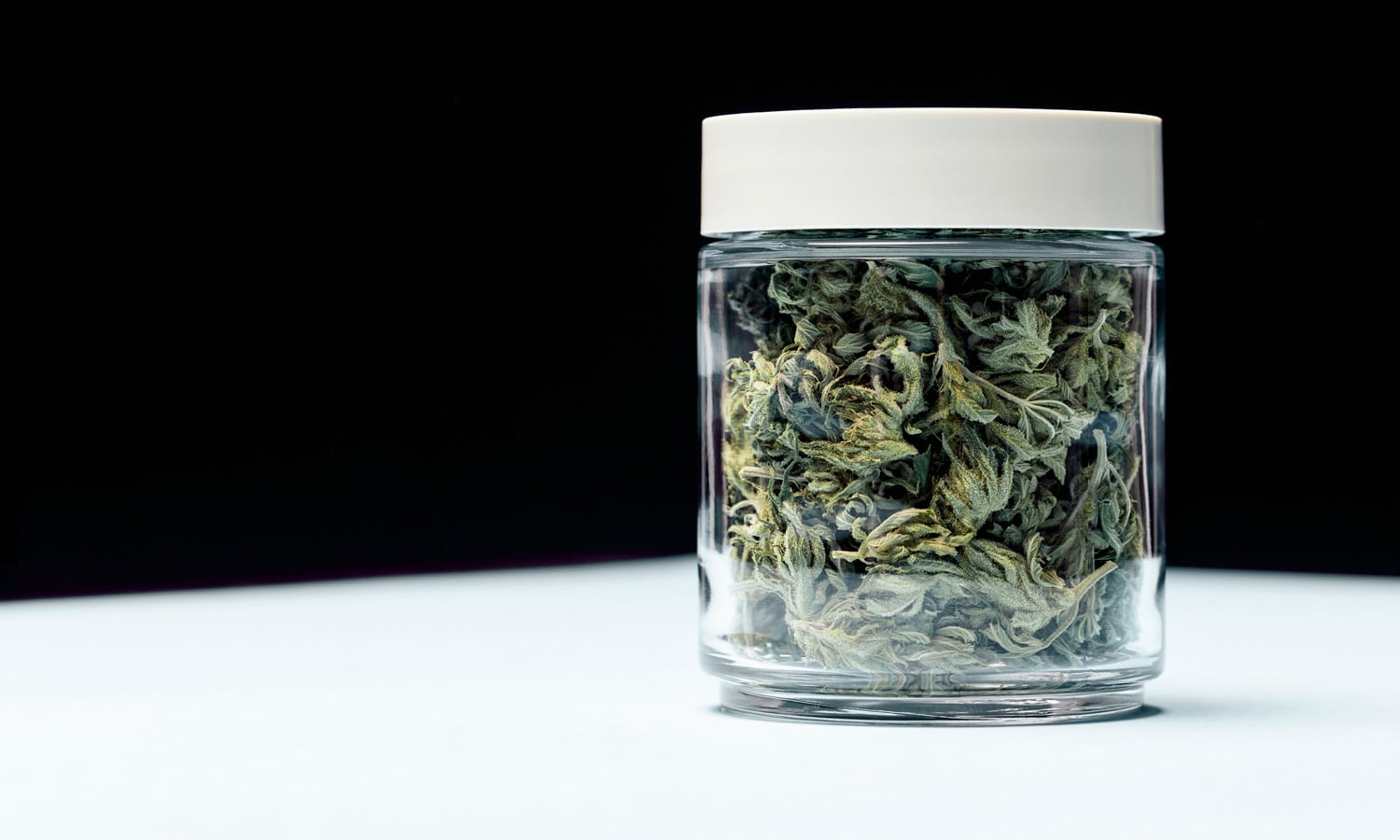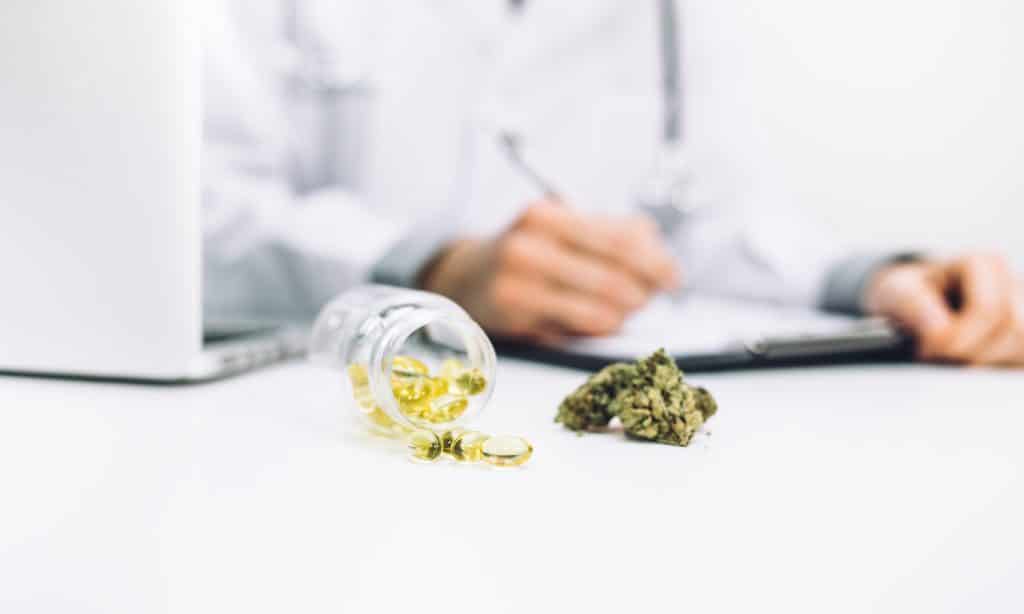
Do cannabis products promise and deliver too much?
It is now safe to say that most of those who follow what’s what in the grand scheme of the marijuana movement, almost all unfathomable medical claims related to cannabis have been encountered. All you have to do is do a quick Google search to find multiple sources suggesting medical marijuana is useful in treating severe health conditions from Alzheimer’s to pain.
And there always seems to be a new study coming out telling the story of how legal marijuana could have all sorts of secondary benefits like marijuana containment Opioid epidemic, reducing low consumption Guess and rise Property values.
But at the end of the day, the majority of the US population seems open to the possibility that cannabis could be a miracle plant, but there is still not much evidence to support it. So we have to ask ourselves: are cannabis products too promising and not enough?
RELATED: Marijuana Side Effects Versus Conventional Drugs
The cannabis industry spends a lot of time convincing their customers that marijuana is something they can work with more productively during their waking hours and help them get non-stop sleep after the day is up. Many cannabis companies have developed a variety of strains and products that promise to either increase the user’s energy levels or put them in the ultimate state of relaxation.
The desired effect, it is said, is based on two cannabis classifications: Sativa or Indica. Sativa strains are known for making users feel chatty, getting the world going, while Indica is said to be its ultra-chill counterpart.
But is that real?
University of British Columbia researchers say probably not. you published a study In the fall of 2018, it became clear that cannabis strains, regardless of their name and their alleged effects, are basically all the same. Surprisingly, after putting both classes of weeds under a microscope, the researchers found that the THC and CBD ratios had very little to do with the strain’s effects. Many times, they said, indica strains have just as much THC as those breeds that claim to be sativa.
Different varieties of cannabis buds.
Roxana Gonzalez / Shutterstock.com
“THC levels can be the same between these two classification groups.” The study’s authors wrote.
Okay, if cannabis strains don’t have differentiators that we’ve been told are so important – we need THC to feel it and CBD to do everything else – how could they produce different effects?
RELATED: Cannabis Quality Including Meticulous Science and Carefree Heights
The researchers said we may not give this enough credit 100 or so other cannabinoids in any given tribe. The study suggests that unsung cannabinoids like cannabichromene (CBC) and cannabinol (CBN) may be responsible for more therapeutic benefits than anything else. But nobody sells cannabis based on these silent ingredients.
The legal requirements only require pot manufacturers to publish the THC and CBD content on their packaging. Hence, it is safe to say that the average budtender does not have enough plant knowledge to guide the customer to the perfect strain for his specific condition. It’s almost like the industry out here guessing and hoping for the best.
And that’s probably true.

What we do know so far is that cannabis has the potential to treat minor (we repeat, minor) health conditions. The National Academies of Science, Engineering, and Medicine, made up of some of the country’s leading scholars, held one last year Detailed analysis on the health effects of cannabis use. After reviewing around 10,000 studies on medical marijuana, the group concluded that cannabis was beneficial in treating some pain conditions, chemotherapy-related nausea, convulsions, and insomnia.
RELATED: More Than Just THC: A Pharmacologist Examines Marijuana’s Unused Remedies
But that’s about it. They found no evidence of this Cure cancer or even relieve the symptoms of epilepsy. In addition, research also showed that smoking cannabis was linked to an increased risk of heart disease and stroke. Americans are promised a “safer” medicine with cannabis, but are we really getting it?
Well, we just need to calm down a little and maybe stop getting into the hype so quickly. Much more research is needed before we can get a grip on the healing powers of cannabis. We might one day learn that the therapeutic reach of medical marijuana is stronger than we ever imagined. On the other hand, we might as well find that the herb has no more medicinal superpowers than a can of beer.
Cannabis users, especially newcomers looking to find a cure for their specific condition, should meet their expectations while using this plant. Because all of the exciting promises made by cannabis companies may not deliver as advertised.

Post a comment: